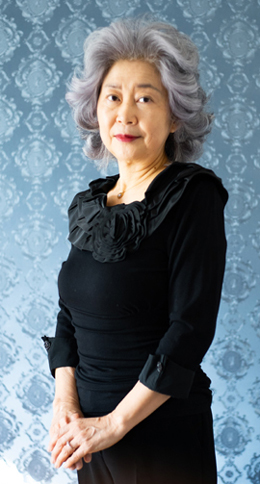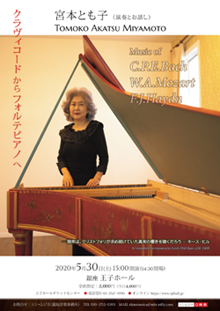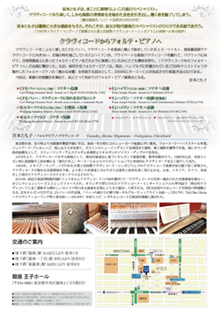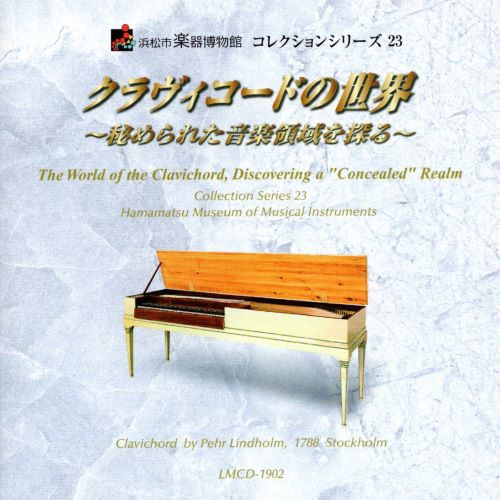When I returned from Boston to Japan, I had my half-assembled clavichord from a kit with me which I finished in Japan.
Later, I was able to study further in Holland, having weekly lessons on the beautiful Christian Mueller’s organ in the Bavo Kerk of Haarlem, which by the way, W.A.Mozart is known to have come to enjoy, also.
Right before my return to Japan from the Netherlands in 1980, I met Keith Hill at Professor Harald Vogel’s and immediately knew I would need a pedal clavichord from him in Japan.
The pedal clavichord arrived in 1982 in Tokyo and it was an ideal practice instrument for me in a small living setting with a growing family. I did not have to disturb our just born baby, either. This was mainly for my organ repertoire.
Later, I was introduced to the clavier works of C.P.E.Bach and F.J.Haydn and learned how so much they were in love with the clavichord. I was surprised that W.A. Mozart was traveling with the clavichord and playing larger instruments at home, too. Not to mention that the clavichord was used to compose his Requiem.
In 1995 and in 2013 I attended and performed in the International Clavichord Symposium at Magnano, Italy by the recommendation of the founder Bernard Brauchli, my former classmate and was introduced to an inspiring international clavichord community.
At present, the clavichord is rather widely known, but I still feel there is a modest mission left for me to introduce the hidden music realm of this most quiet yet most dynamic magical instrument.
The instrument builder Keith Hill has created what he calls a “Hill-Ber-Fori” dream piano, based on the Cristofori Fortepiano of 1726, with a taste of Silbermann piano with Hill’s acoustical endeavor in 2009. I am happy to finally able to dedicate Hill’s opus 420 after 10 years from its completion. In order to show how C.P.E.Bach, W.A.Mozart and F.J.Haydn must have conversed with the clavichord in their private domain, I am treating this fortepiano as a louder clavichord for a public in the music hall of 315 seating in Ginza, Tokyo!
If you happen to be in Japan in late May, please let us know!
Tomoko A. Miyamoto




 [CD Review]
[CD Review]
Postponement information
We have been preparing for this recital, however, because of the outbreak situation of the novel coronavirus,we decided to follow the Japanese government measures to postpone this event.
The renewed schedule will be announced on this websites when decided.
We will be very grateful for your understanding.